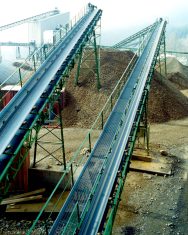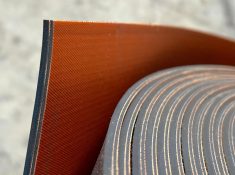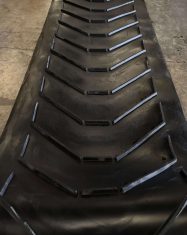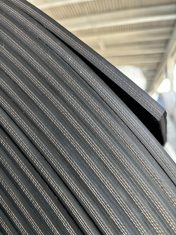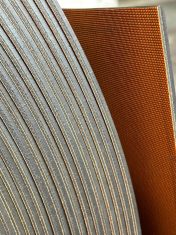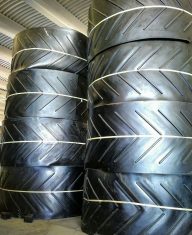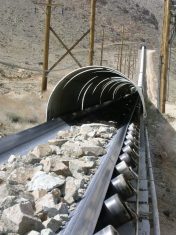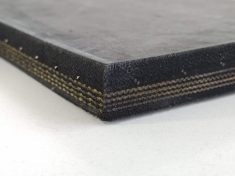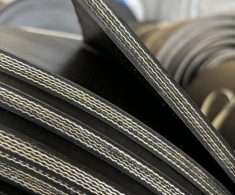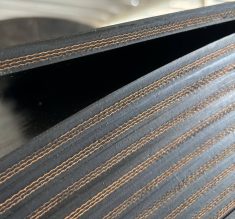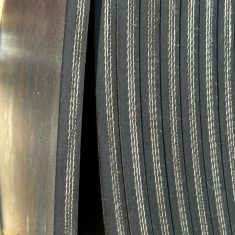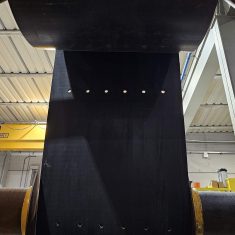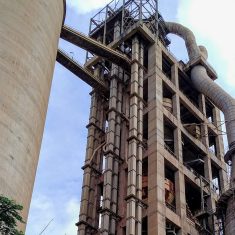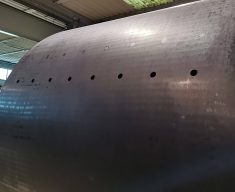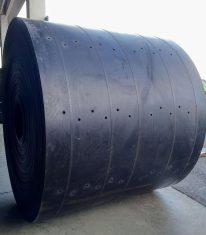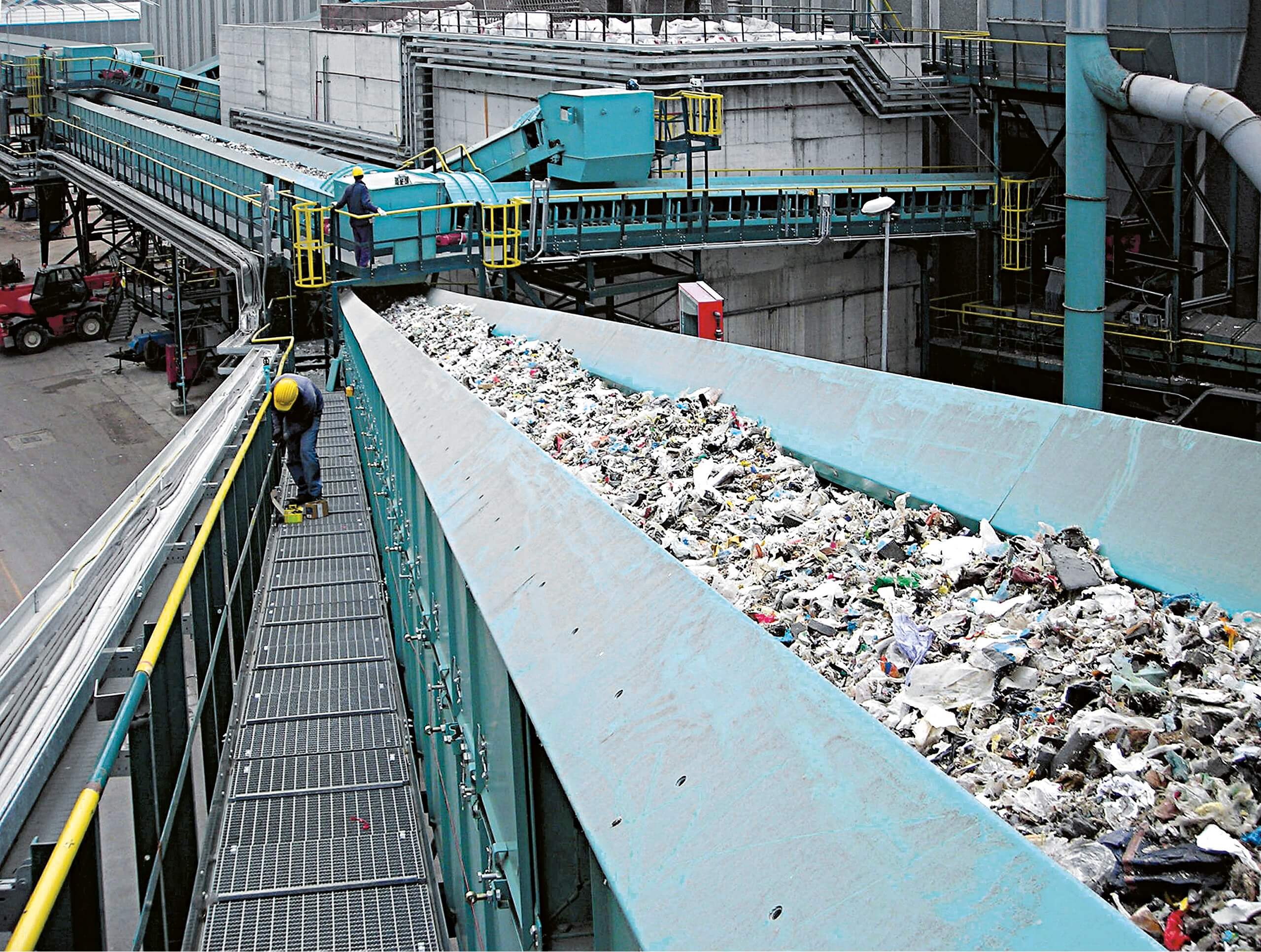
Recycling and Waste Disposal
Waste recycling is an essential process for the sustainable management of resources, allowing materials to be recovered and reused at the end of their life cycle. When a material is no longer recoverable, it is sent for disposal, which involves various techniques to reduce pollution and ensure that waste is treated safely.Gummilabor rubber belts play a crucial role in waste recycling and disposal plants. During recycling, the rubber belts are used to move separated and treated materials, transferring them to subsequent stages of the process, such as crushing, cleaning, or further detailed separation. Additionally, the belts are used in disposal operations to transport non-recyclable waste to landfills or incineration plants.
Resistance to wear and harsh conditions is a key aspect for these rubber belts, as they must endure the transportation of abrasive, heavy, oily, and sometimes corrosive materials. The ability of Gummilabor belts to operate in intensive work environments ensures continuous operations without interruptions, improving efficiency and reducing downtime. Moreover, the strength and durability of the rubber belts help lower operational costs and optimize the performance of recycling and disposal plants.

